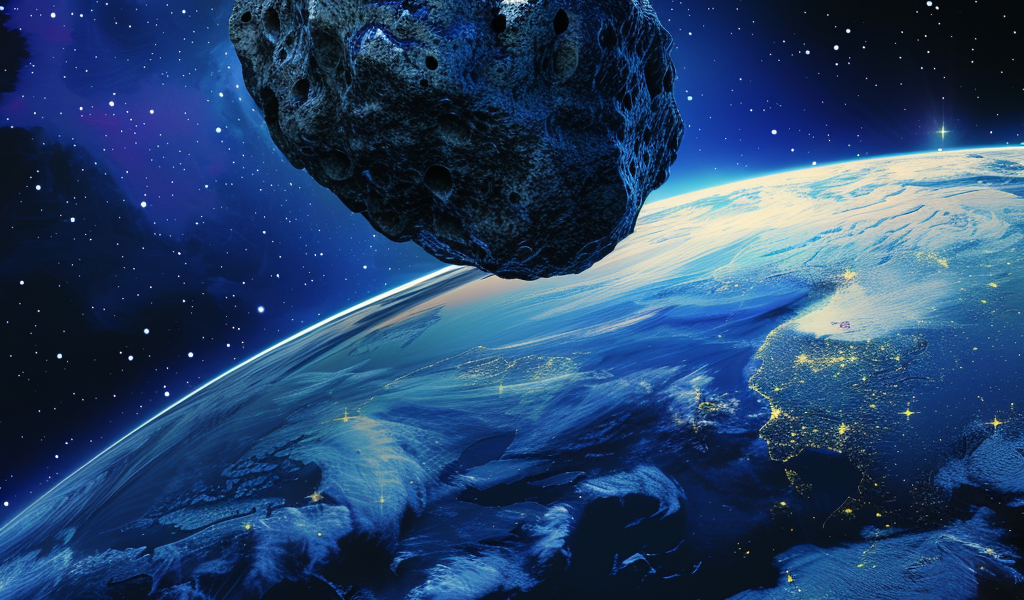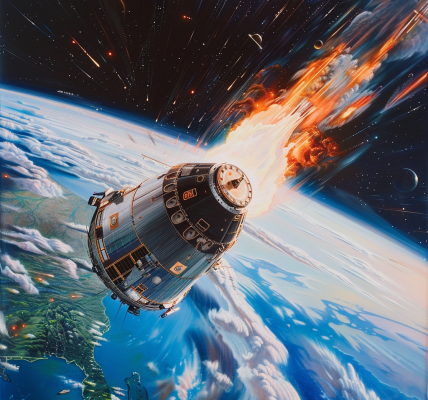NASA once paid a man a whopping $1 billion to stop a potentially devastating asteroid from hitting Earth. Dante Lauretta, a space expert, was awarded the billion-dollar mission in 2011. The asteroid in question, Bennu, poses a significant threat due to its size, being about as tall as the Empire State Building. It is categorized as the most dangerous ‘potentially hazardous’ asteroid, coming within about 4.6 million miles of Earth’s orbit. Experts have calculated a 1-in-2,700 chance that Bennu will impact Earth between the years of 2175 and 2199, emphasizing the need to address this potential threat.
To address this concern, NASA initiated a $1.16 billion mission aimed at preventing the asteroid from colliding with Earth, with Dante Lauretta leading the efforts. The mission involved sending a spacecraft to the asteroid and retrieving a sample from its surface. In 2016, NASA launched the OSIRIS-REx spacecraft, which successfully arrived at Bennu in 2018 and collected a sample of rocks and dust from its surface in 2020. The sample was returned to Earth in the previous year, resulting in significant findings about this dangerous asteroid. This marked the first-ever US space mission to collect a sample from an asteroid, providing valuable insights into potential disaster preparedness.
Lauretta highlighted the catastrophic impact that would result if Bennu were to crash into Earth. The consequences would be devastating, with the impact creating a blast equivalent to 1,450 megatons of TNT, leaving a crater four miles wide and half a mile deep. Additionally, an earthquake with a magnitude of 6.7 would be triggered, accompanied by winds 20 times more powerful than a Category 5 hurricane. The aftermath would lead to power outages, food and water shortages, and communication blackouts lasting for months, posing significant challenges for the affected region.
The efforts to study and mitigate the potential impact of asteroids like Bennu underscore the importance of space exploration in safeguarding Earth from potential cosmic threats. NASA’s investment in missions aimed at understanding and addressing these risks demonstrates the commitment to protecting the planet from catastrophic events, emphasizing the significance of ongoing research and initiatives in planetary defense.





